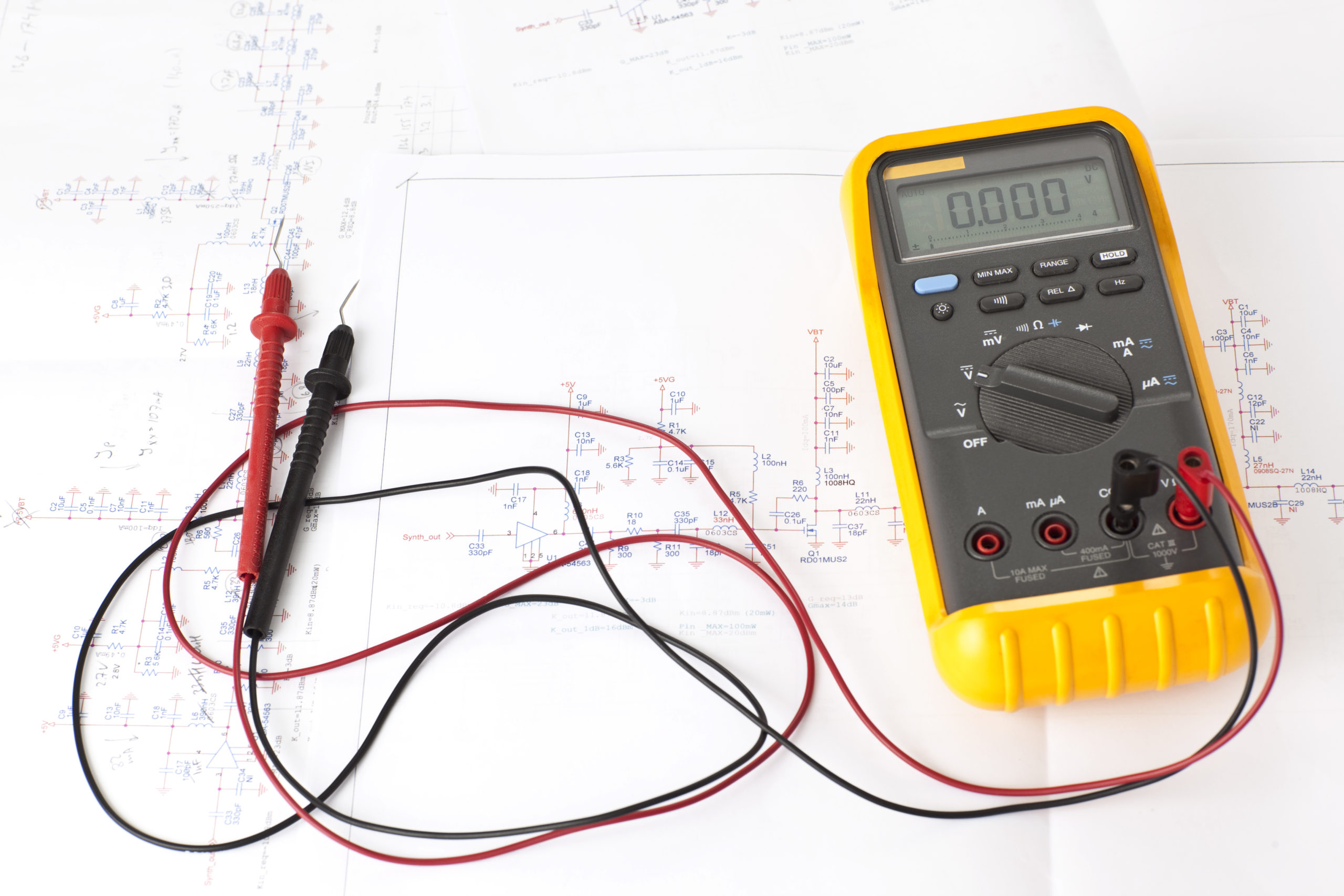Did you know that faulty appliances cause most of the deaths from electric shocks or fires in the UK? So, if you are responsible for the safety of a home, then you need to consider getting the appliances in that home tested for safety. Here’s everything you need to know, as a landlord, about portable appliance testing (PAT).
Electrical Safety Regulations
The June 2020 Electrical Safety Regulations for Landlords do not require PAT testing. However, they do strongly recommend it and describe it as good practice.
The regulations make the distinction between appliances that the landlord provides and the tenant’s own appliances. As a landlord, you are not responsible for the safety of the tenant’s devices.
Provided Appliances
Any items that you provide to your tenants must be safe. Portable appliance testing is an evidence-based way to show that you have assessed the safety of an appliance. Thus, it would be best if you considered PAT testing any appliances you provide.
The appliances you provide should have safety marks indicating that the manufacturers have met minimum requirements. CE – means it meets EU legislation. On the other hand, a kitemark or ‘BEAB approved’ indicates that the appliance meets British safety standards.
If you do provide your tenants with appliances, then you should strongly consider registering these appliances. Doing this ensures that the manufacturers will notify you if they recall the product for safety reasons.
What Portable Appliance Testing (PAT) Is
PAT is a test to assess the safety of an appliance. It involves both visual and electronic testing. The electronic testing checks for earth continuity, the leads’ polarity, and the insulation’s resistance. It is a pass or fail test.
How PAT Testing Is Carried Out
Portable appliance testing focuses on the power cable of the device. If you can separate the power cable of an appliance, then that is all that requires testing, for example, with a laptop.
The test is quick to carry out. It begins with a visual inspection of the cable to spot any signs of wear, such as cracked rubber or loose pins. Then the device will have some test signals run through it using a simple testing device.
Testing a single appliance takes no more than 5 minutes. It usually takes 1-2 hours to test all the devices in a home.
Which Appliances Should Be PAT Tested
The name ‘portable appliance testing’ can be a little misleading. It applies to any appliance that is plugged in. So, even items like a dishwasher, which is certainly not portable, should still be tested.
Portable Appliance Testing Documentation
Once the test is complete, the tester will put a sticker on the appliance’s power cable. This will show if the device passed or failed, and the date of the test. It should be signed by the inspector and identify the date the next test is due.
The tester will give you a complete list of the appliances tested. This list will document the name, location, and type of appliances along with their test results. If any appliances fail the test, the inspector will give you the reason for the failure.
Book Your Portable Appliance Test Today
At Assessment Hive, we offer quick, hassle-free PAT tests for landlords. You can find out more about our testing service here. Alternatively, you can book your test by contacting our team.







